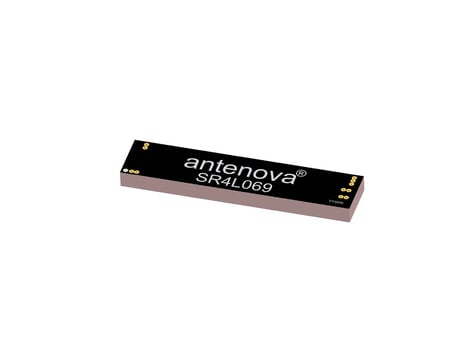The arrival of any technology brings with it a fear that existing devices will become obsolete. 5G promises much faster speeds than 4G, with much lower latency even across networks with hundreds of devices. Does this mean that 5G will render 4G useless?
In short, no. In this article we’ll take a more in depth look at what 5G means for the future of 4G. 5G is particularly suited to a range of applications that simply aren’t possible with 4G, but that doesn’t mean it’s necessarily suited to the uses we currently make of 4G. Read on to find out how and why 5G and 4G can coexist.
4G and 5G occupy different frequency bands
The frequency bands of the electromagnetic spectrum are regulated by governments, with specific bands auctioned off for specific wireless networks according to agreed network standards. This is to regulate transmissions and ensure that there is minimal interference between the users of different networks.
5G was made possible by previously unavailable frequency bands being auctioned off to commercial wireless networks: extremely low frequencies of around 600 MHz and extremely high frequencies of at least 24 GHz. For comparison, 4G networks operate at around 800 MHz and 2.6 GHz. The difference in operating frequencies makes it easier for transmitters and receivers to reduce interference from radio waves sent across different networks. This ensures that 4G networks and 5G networks can operate in close proximity to one another without disrupting signals.
4G and 5G serve different purposes
In part because they operate across different wavelengths, 4G and 5G offer very different kinds of networks. 5G’s high frequencies do offer considerably higher data transfer rates and lower latencies than 4G, but it is important to remember what uses they will be put to. The frequency band of 5G networks makes them costly to implement over large networks, as the high frequency waves are less able to move across longer distances without being disrupted. This means that 5G is unlikely to be rolled out in rural areas, meeting the needs of urban users instead.
Aside from the cost of implementation, in most cases 5G wouldn’t necessarily provide any recogniseable improvements. 4G networks are perfectly well suited to satisfying the majority of our audio and video streaming needs (at least until our eyes and screens expect Ultra HD as standard). Exclusively using 5G for these purposes would be costly and inefficient.
5G will be used for applications that simply wouldn’t be possible on 4G networks, such as virtual realities and smart robotics networks: 4G simply can’t offer the low latencies, high bandwidths, and high rates of data transfer that drive these sorts of applications. Instead of seeing 4G and 5G as rivals in competition, it’s better to see them as different networks coexisting.
4G infrastructure will continue to exist
While 5G infrastructures are in need of considerable investment, 4G infrastructures are well-supported worldwide and are already capable of satisfying the requirements of most users. As a result, there are no plans for the implementation of 5G to happen alongside a steady dismantling of existing 4G infrastructures around the world. Our existing devices will still access 4G, and it is likely future devices will too.
4G and 5G could coexist on a single device
Antennas enabling 4G are discrete, coming in a range of forms to suit a wide range of devices and potential uses: tiny and flexible 4G antennas can all be included to take up minimal amounts of space in a device.
In comparison, 5G antennas are still being developed. It seems likely that they will depend upon massive MIMO technology requiring dozens of antennas for each device. In some cases, this may take up more space than existing 4G antennas: it will be entirely feasible to discreetly incorporate 4G antennas into devices that are able to accommodate 5G antennas.
Can 4G and 5G coexist?
In a word: yes. 4G and 5G operate across completely separate frequency bands. This minimises potential interference between a 4G and a 5G network in the same area. The two kinds of network also offer a different set of opportunities and potential uses. While 4G infrastructure is already up and running worldwide, it will still be a few years until 5G infrastructure start to be properly implemented in cities. There is no reason to expect 4G networks to fall into disuse any time soon.
Even once 5G is in place, it is most likely that 4G will remain the standard for most of the things we currently use it for: web browsing, e-mail, low-quality streaming and social media. Where 5G will come into its own will be the new opportunities opened up by its extremely high rates of data transfer and low latency: streaming virtual realities, keeping all aspects of a city’s infrastructure in constant communication with each other, and enabling smart robotics networks.




